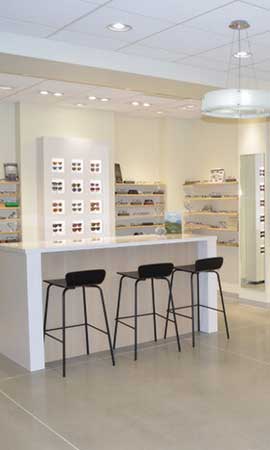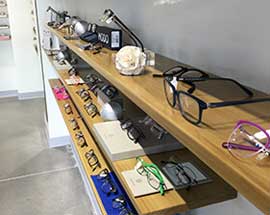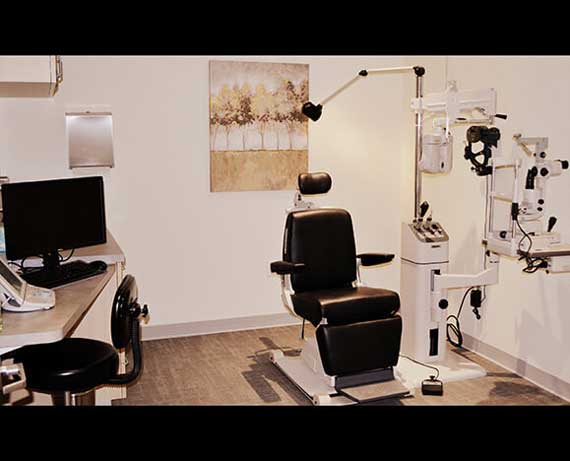With the warm spring days coming, your child may be looking forward to spending a lot of time outdoors. The presence of pollen and stronger UV rays from the sun, however, can harm their eyes. In today’s post, our expert optometrist from Six One Six Vision Center shares four tips to protect your child’s vision this spring.

1. Use Daily Disposable Contact Lenses
If your child wears contact lenses to correct their vision, we always recommend daily disposable lenses. They offer the safest, most comfortable, and easiest approach to contact lens wear. And during allergy season, when you throw away that lens at the end of the day, you’re throwing away all the allergy-causing particles that have collected on the surface of the contact as well. That way, when your child inserts a new lens in the morning, it will be allergen-free.
2. Make Sure They Use Protective Eyewear
Since spring brings stronger UV rays, we always recommend having your child wear sunglasses when outside. Our expert eye doctor explains that your child’s developing eyes are more prone to UV-induced eye structural changes. We also advise lathering them with sunscreen and giving them wide-brimmed hats for additional protection.
3. Have Them Undergo Regular Eye Exams
Having regular eye exams is one of the most reliable ways to preserve your child’s eyesight no matter what season. This way, we can constantly monitor their eyes and check for any changes or irregularities. Early detection of vision problems allows for prompt treatment and better results.
4. Follow Our Recommended Management
After your child’s yearly eye health exam, we may prescribe medications like antihistamines and corticosteroids as part of your child’s eye care to help during the allergy season. This can help relieve watery eyes, a runny nose, and other allergic symptoms.
For more tips on protecting your child’s eyesight this spring, call us at (208) 514-1858. You may also complete our form to schedule an appointment. We look forward to helping families in Boise, Eagle, and other nearby Idaho areas experience improved visual health.




